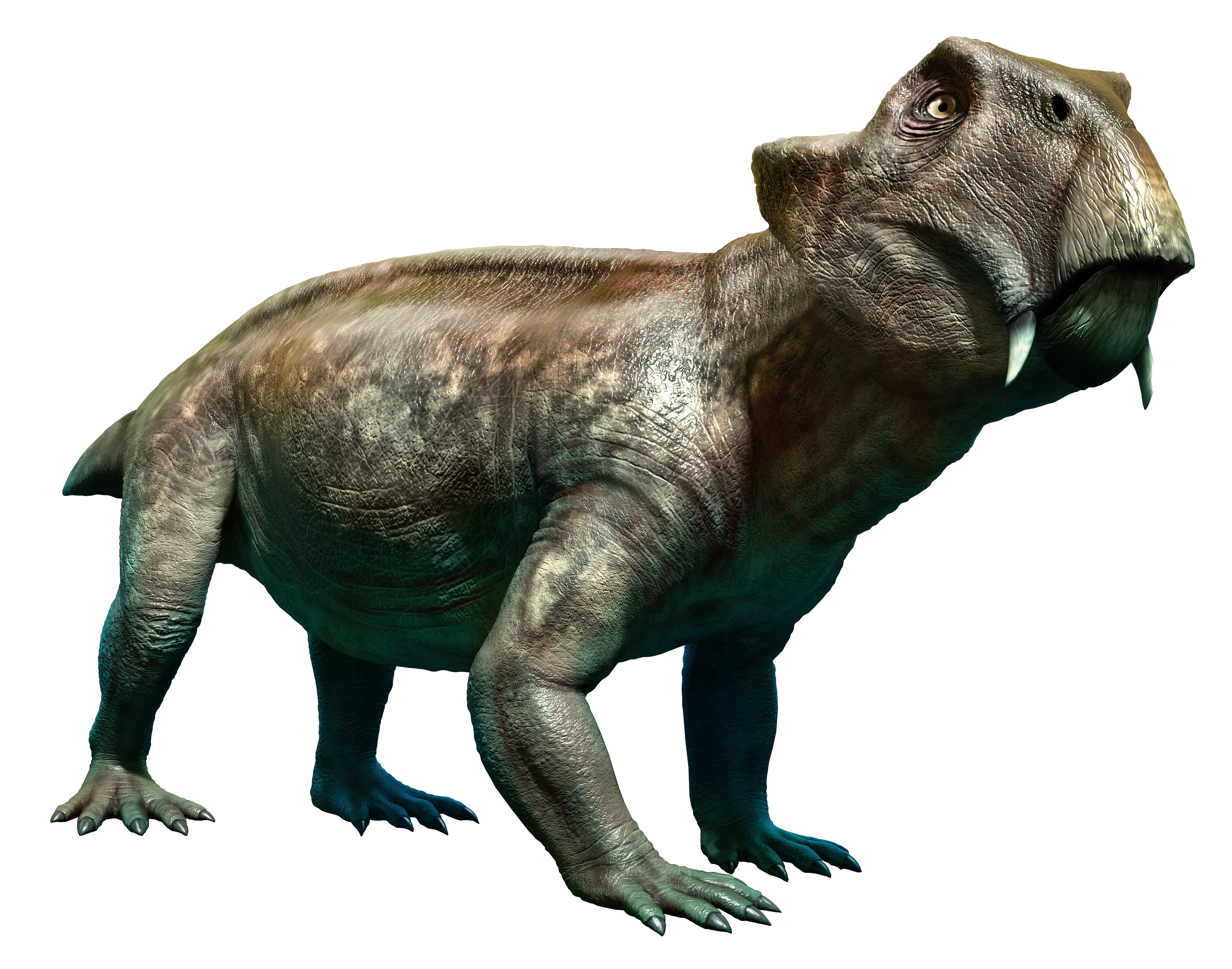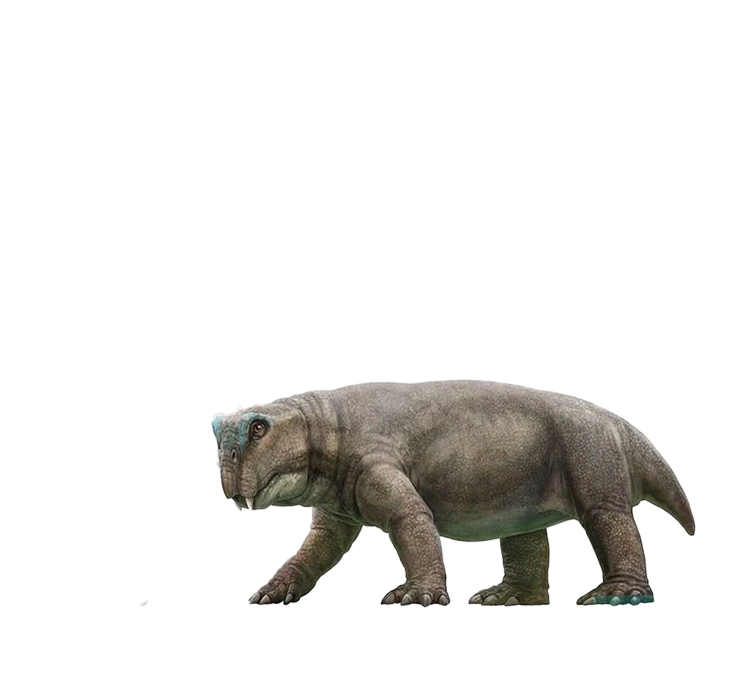


For some background, a rapid diversification of organisms began in the early Permian. Terrestrial plant life exploded, providing an essential source of food for many land animals and allowing life on land to diversify. One type of plant is the extinct genus Glossopteris, with its tongue-shaped leaves.
The increase in plant life contributed to an increase in insect life, as insects often form close associations with plants. Hemipterans (true bugs) with sucking mouthparts began to appear in the Permian. Also alive during this time was Meganeuropsis, a dragonfly-like insect genus that was the biggest of all known insects.
Fun fact: flowers had not yet evolved at this time. They came around 186 million years later, during the early Cretaceous period.

After the volcanic eruptions decimated the environment around them, Synapsids and Sauropods struggled to adapt. But in the words of Ian Malcom from Jurassic Park, “life finds a way”.
According to the fossil record, synapsids appeared to be more dominant than sauropsids. However, sauropsids seemed more capable of surviving the conditions that caused the extinction and became more predominant than synapsids after the Permian.
In the shallow oceans, reefs were vast, and life within them was diverse. Ammonites and brachiopods were very common. Little is known about life in the deeper parts of the Panthalassic Ocean because most fossil evidence is deeply buried. However, cartilaginous fish, such as sharks and rays, were common, and bony fish were becoming increasingly abundant. But the most successful animal to thrive in the thousands of years after the fallout was the synapsid, Lystrosaurus. We should be thanking these little guys, as we mammals would not be around without them.

Lystrosaurus (pictured above) was a therapsid, or "mammal-like reptile." It was part of the branch of the evolutionary tree that eventually led to mammals, although the specific lineage of Lystrosaurus died out. These animals were about 3 feet long and had a heavy build. They have flat faces, forward-facing eyes, a beak-like face, and two tusks.
The anatomy of their skull indicates that Lystrosaurus had a herbivorous diet. Wear on the tusks suggests that they were used for digging. This was crucial to their survival, as digging allowed them to access the cooler underground soil, where they hibernated for long periods at a time and were safe from predators. They were very abundant in the years after the Permian extinction and diversified into smaller and larger species, covering the majority of Pangaea.
Watch this video on Erythrosuchus, the main predator of Lystrosaurus (From Netflix's Life On Our Planet)